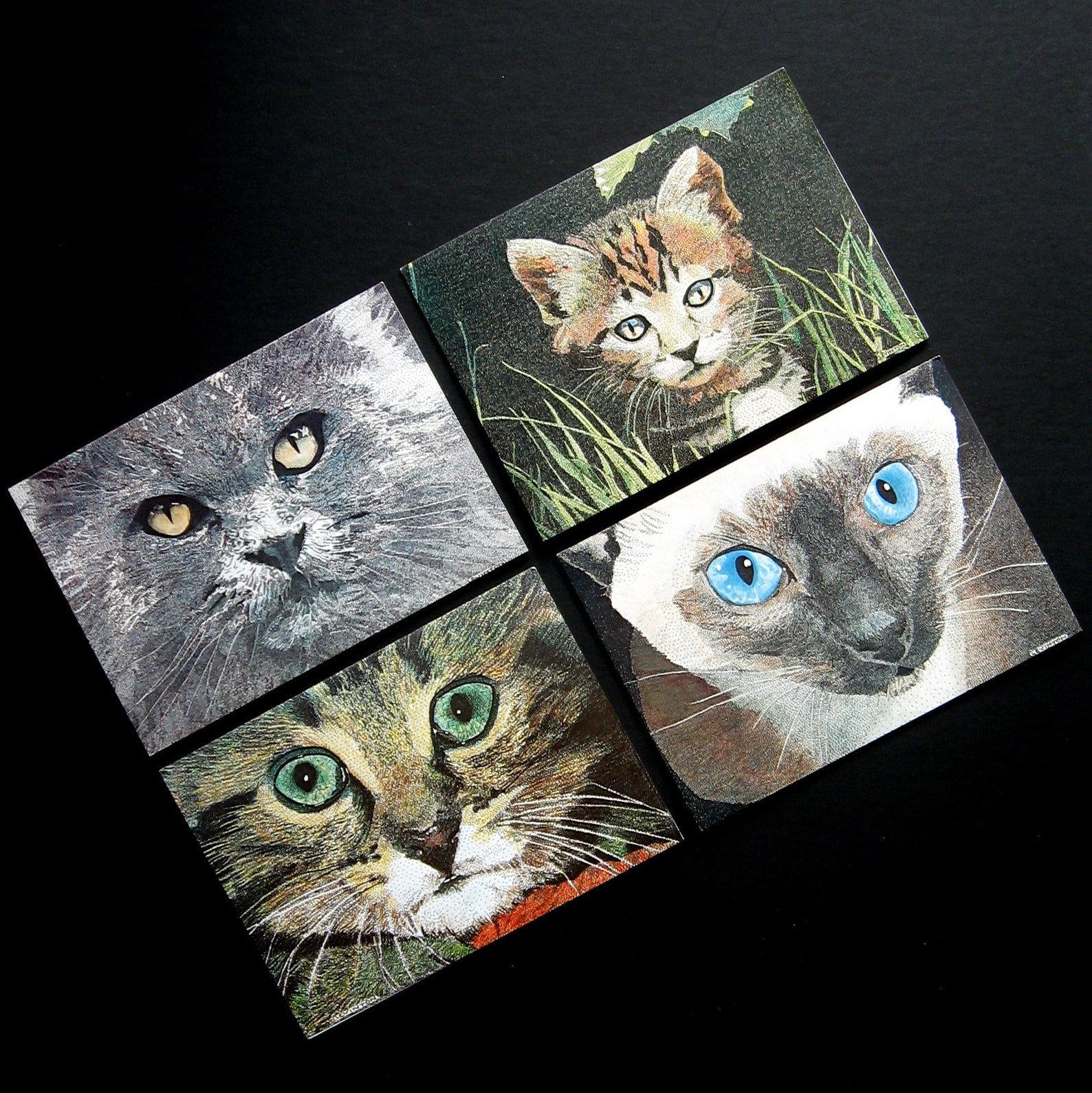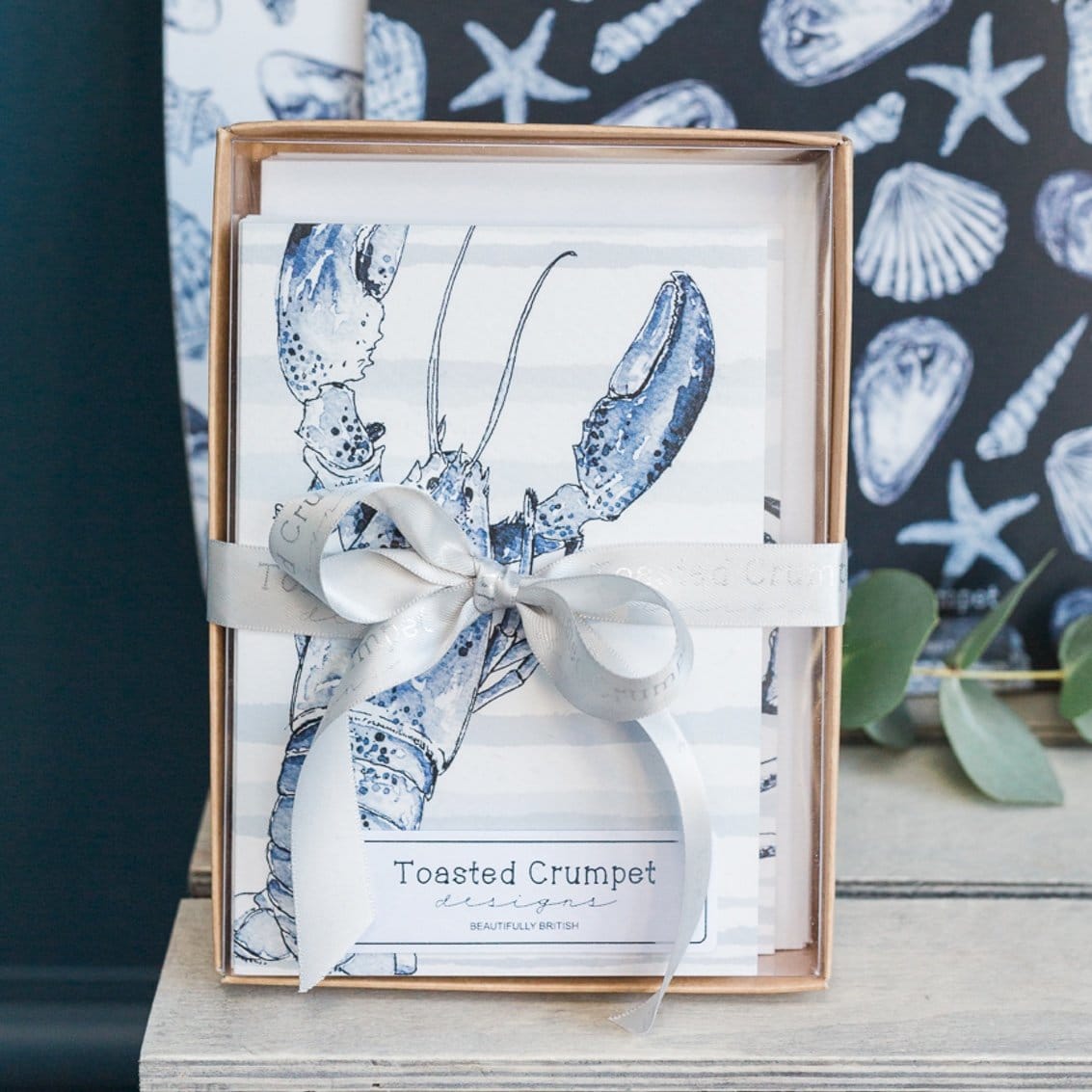

Server and client are assigned a unique identification number which is embedded in the communication package.Īs specified on the " Using the RFM 69 Radio " section of the Adafruit guide, I used the radio head library. The server is waiting for a packet sent by the client. My device is sitting on a desk inside a residential building, so that range is more than sufficient. The radio is categorized for a range of 500 meters line-of-sight. Server Long Range Communication for Yard MappingĪ feather M0 RFM69 board is used to send packets of data using the license-free ISM band frequency in the US of 915 Mhz to transmit data. The Notecarrier AF is a development board that supports the Adafruit feather format and the Sparkfun Qwiic interface ideal for communicating with an external board that will backup the geospatial data. I'd recommend completing the quickstart and getting acquainted with the basics of Notehub, as both that will help you understand the other steps in this project. If you're using a Wi-Fi Notecard, make sure to also follow the instructions on " Connecting to a Wi-Fi Access Point " guide.
#Notecard sets install
You also have the option to install a CLI for working with the Notecard, but having all in one page helps a lot with following the setup process.
#Notecard sets serial
Note that the guide strongly relies on using a version of Chrome that supports Web serial communication. The Blues Wireless documentation gives a concise and easy-to-follow guide to connect your Notecard to their Notehub service in the " Quickstart ". I know we have them described above, but I always find useful to have a snapshot of the actual elements used. The following are the materials used on the project. I hope you find the project interesting and useful, and maybe you can adapt it to your own needs. The process was highly educational, easy (as much as can be expected), fast, and satisfactory to see a real-time map of my location as I was mowing the grass. It also allowed me to transmit the data to my preferred cloud service to display on a custom dashboard. The Blues Wireless WiFi Notecard gave me the ability to quickly connect the Adafruit feather standard footprint to my network using the Blues Notecarrier AF board. Using a RFM69 support board at 915Mhz I was able to create a client and server that would manage the transmission locally of the geospatial data. I therefore decided to use a packet radio transceiver that would give me the coverage needed without having to go down the path of LoRa, SigFox or cellular. To learn more about how and for what purposes Amazon uses personal information (such as Amazon Store order history), please visit our Privacy Notice.The challenge was that Wi-Fi would not have the enough strength to reach the limit of the property (even for a small one like mine), and with not ideal conditions cellular was also out of the question. You can change your choices at any time by visiting Cookie Preferences, as described in the Cookie Notice. Click ‘Customise Cookies’ to decline these cookies, make more detailed choices, or learn more. Third parties use cookies for their purposes of displaying and measuring personalised ads, generating audience insights, and developing and improving products. This includes using first- and third-party cookies, which store or access standard device information such as a unique identifier.

If you agree, we’ll also use cookies to complement your shopping experience across the Amazon stores as described in our Cookie Notice. We also use these cookies to understand how customers use our services (for example, by measuring site visits) so we can make improvements.

We use cookies and similar tools that are necessary to enable you to make purchases, to enhance your shopping experiences and to provide our services, as detailed in our Cookie Notice.


 0 kommentar(er)
0 kommentar(er)
